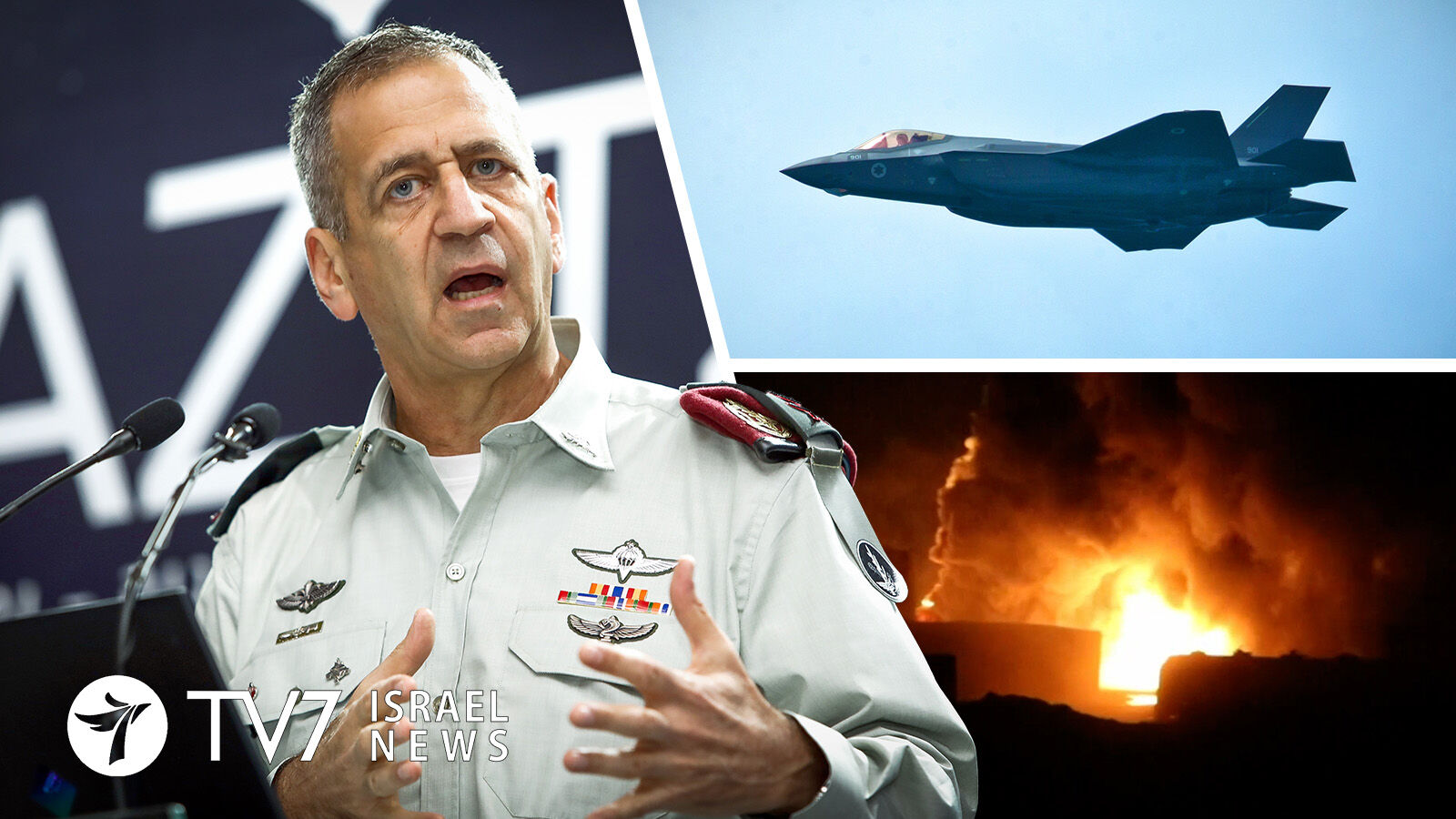IDF Chief of Staff Lieutenant General Aviv Kochavi made the comment while highlighting unrelenting efforts to shape Israel’s northern arena in preparation for war.
By Jonathan Hessen and Erin Viner
“In the northern arena, in a parallel world, I could have sat in front of you and told you that to my regret, regrettably, there is an entire hub of surface-to-surface missiles and surface-to-air missiles of the Iranians in Syria. I could have told you that there are tens of thousands of Iranian militiamen. And I could, rather, I would have to tell you, that there is there (Syria) an organization called Hezbollah 2.0, mainly in the southern Golan Heights,” Gen. Kochavi said in a speech at the first conference of the Gazit Institute research agency, adding that, “these three things – which were (Commander of the elite Quds Force of the Islamic Revolutionary Guards Corps) Qassem Soleimani‘s vision – which are the Iranian vision, these things have been largely disrupted. I don’t want to say definitively (foiled) because we have more work to do there. Make no mistake, we are not done. But they have been disrupted to a very great extent. 80% of the time, 80% of the air, land, and sea routes to Syria is closed as a result of this activity. This is a strategy. The State of Israel, that’s why I also said, through the use of military force and military force alone. You know what, military force alone, with a caveat of the ability to communicate with the Russians, which in fact, in agreement of one way or another is essentially operational, we manage to continue operating there. But the main strategic design of the northern arena is through the use of force.”
During the conference, which focused on intelligence, strategy and technology, the top IDF chief focused primarily on the southern front vis-à-vis the Hamas-controlled Gaza Strip – outlining significant blows Israel has inflicted upon its enemies which effectively forced the Islamist Hamas and Palestinian Islamic Jihad (PIJ) terror organizations to capitulate for the time being to Israel’s qualitative military, intelligence and technological edge as part of policy rooted in deterrence.
“In our reality, increasingly in recent years, strategy is based on the use of military force and the dimensions of political activity are reduced or become more limited,” he told those gathered at the forum, adding that, “if until the month of May the reality in Gaza continues as it is, and despite yesterday’s single rocket, we will be able to sum up these two years as the two quietest and most stable years in the south of the country and the Gaza Strip, and certainly in the Gaza periphery and the children of the Gaza periphery will attest to this. It’s a strategy, but it is a strategy or the result of a strategy, but it is the result of a strategy whose central element was the application of force”
Further stressing the shaping of IDF military preparation for conflict over Israel’s northern border, he added that the IDF “ability to attack a building in the heart of a crowded city – this time not in Gaza but in the north,” he underscore that “knowing on which floor which weapon is located” while leaving the 6-7-storey structure still standing without casualties is a significant achievement.
“A large part of the means of warfare that we intended to hit, was hit. But when these are done as often as once every two or three weeks, sometimes twice a week, it depends. It shapes the strategy of the northern arena; it brought the northern arena to be in a different strategic situation. You understand that this other strategic situation is relevant to the day of command, what our war against Hezbollah will look like. In the ‘Third Lebanon War’ or the ‘First Northern War’ when we, using intelligence and technology, shaped this arena and brought it to where we brought it,” he emphasized.
